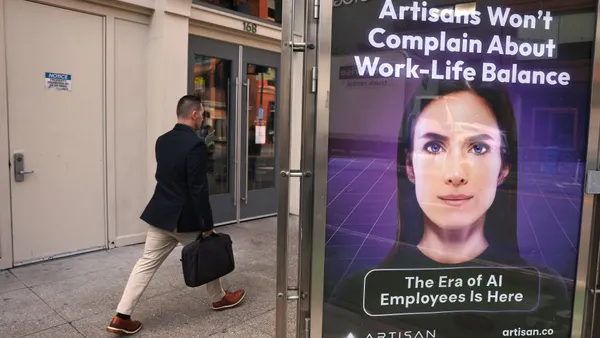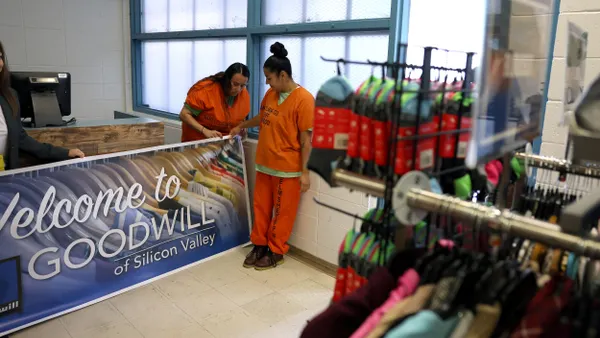Dive Brief:
- The Bureau of Labor Statistics (BLS) released its long-awaited contingent worker report and revealed that, according to its data, the size of the contingent workforce has shrunk since it was last measured in 2005 — contradicting other studies, experts told HR Dive.
- According to the report, 5.9 million people (up to 3.8% of all workers) held contingent jobs in May 2017, defined as workers who do not expect their jobs to last or are temporary. In February 2005, 4.1% of people employed held such jobs, and in February 1995, it was 4.9%. The study also separately considered "alternative work arrangements," which it defined as including independent contractors, on-call workers, temp agency workers and contract firm workers. In May 2017, 10.6 million people considered themselves independent contractors, or around 6.9% of total employment.
- Notably, the data does not yet account for "electronically mediated employment," or people who found work or short tasks through a mobile app or website. That data will come out in September, BLS said.
Dive Insight:
Observers of the gig economy viewed the report with some trepidation, as it directly contradicts data independent groups had gathered on the matter. Some questioned the method BLS used, as the questionnaire was self-reported and the categories may have been unclear to those surveyed, The Guardian reported.
"Rather than bring clarity in sizing the gig economy, the BLS study raises questions because it's inconsistent with [American Staffing Association] industry data that show significant growth in flexible work arrangements," Steve Berchem, ASA chief operating officer, said in a statement emailed to HR Dive. "Puzzlingly, this study shows no change for over a decade."
Scott Fraleigh, president of managed services programs at Randstad Sourceright, had a similar reaction in an emailed comment: "What we all knew for certain was their numbers had grown exponentially since the last time BLS performed an official survey in 2005."
Indeed, several groups have estimated that the contingent workforce could make up as much 50% of the workforce by 2020. And the swift shift from hiring largely employees to contract workers to fill the talent gap has created challenges for HR as it adjusts. Agility is the name of the game, but few may be ready for what that means, experts previously told HR Dive; some employers don't even have a handle on who currently works for them.
Richard Meneghello, partner at Fisher Phillips, wrote that many hoped that the report would bring clarity to the matter and thus spur action in Congress to modernize employment legislation to accommodate it. Compliance with independent contractor classification requirements is a thorn in the side of many HR departments; unfortunately, clarity may not be on the way just yet.










